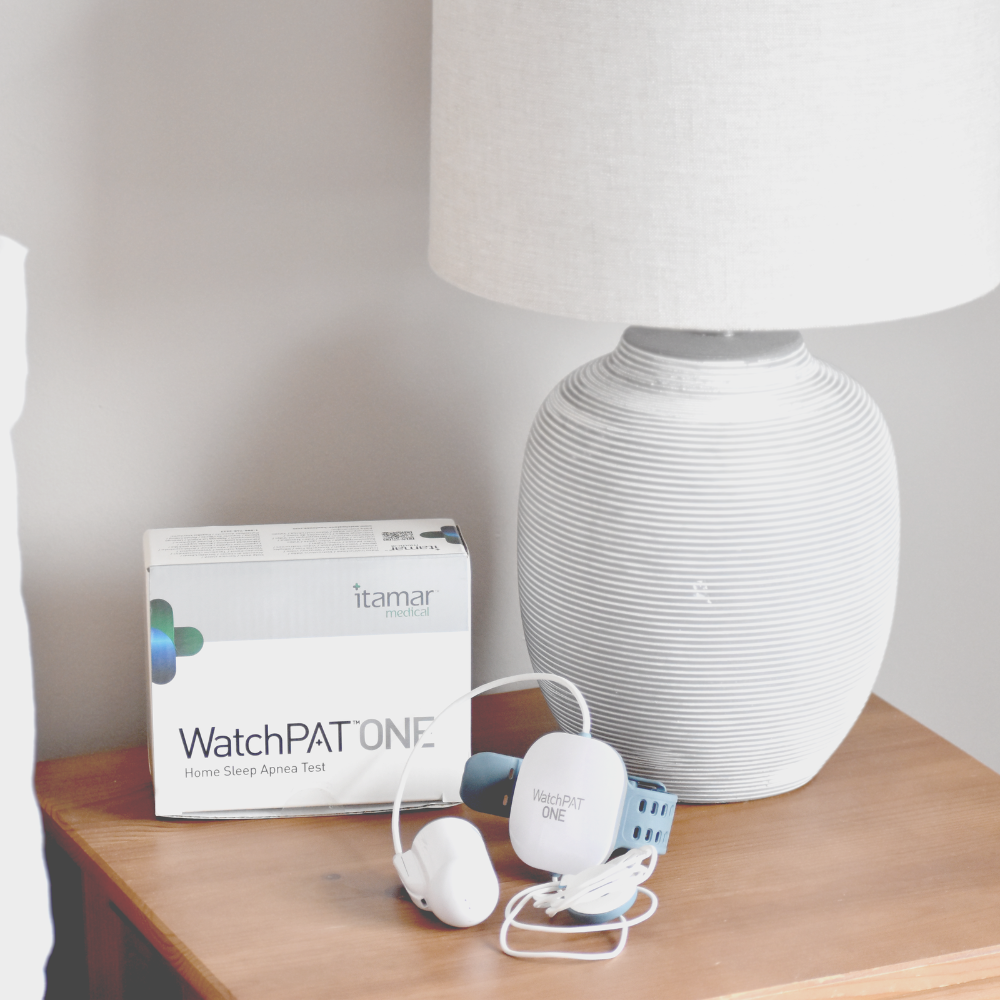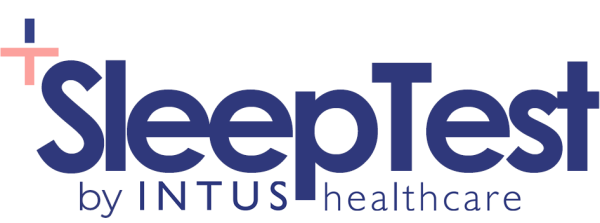Fact Checked
Intus Healthcare’s writers, customer service team, and sleep experts review and ensure this information is accurate.
Last updated on March 31st, 2025 at 11:09 am
Millions of individuals across the United Kingdom suffer from the sleep disorder Obstructive Sleep Apnoea (OSA). While science has made great strides in diagnoses and treatment options, we are still learning more about this condition. Some facts might even take you by surprise.
Whether you suspect that you may have OSA – or you are just curious the observations below could come as a bit of a surprise.
Read on to learn 12 facts about Sleep Apnoea – and what they may signify regarding your treatment options.
Table of Contents
Sleep Apnoea facts and statistics
1) Gender misconceptions
One common misconception associated with this condition is the mistaken belief that it is mainly limited to overweight males who snore. While there is no doubt that obesity can be a factor, and men are twice as likely to suffer from Sleep Apnoea, we must look at the bigger picture.
Women are just as likely to have OSA as they reach and surpass the age of menopause. In other words, females showing symptoms of the sleep disorder should make it a point to see their doctor instead of assuming that this sleep disorder is only limited to males.
2) Making a bad situation worse
OSA can become a debilitating condition if you suffer from existing respiratory issues. Common examples include emphysema and COPD (Chronic Obstructive Pulmonary Disease).
As Sleep Apnoea causes your airways to narrow or even temporarily close while at rest, the symptoms of any other respiratory illnesses can worsen. This may make it even more difficult to breathe while awake.
You could even find that you need to stop and rest while performing seemingly simple, everyday activities.
Some methods used to treat respiratory conditions (such as supplementary oxygen) cannot be used to treat the symptoms associated with OSA. This is why many sufferers will use a Continuous Positive Airway Pressure machine (CPAP) instead.
Anyone diagnosed with a respiratory disorder who suspects that OSA may also be present should speak with their GP to obtain an accurate diagnosis sooner rather than later.
3) Sleep Apnoea can occur at any age
Sleep Apnoea can affect anyone of any age, with approximately 1.5 million adults in the UK with the disorder, and yet up to 85% are undiagnosed(1).
People commonly associate the disorder with older people. However, it can develop at any age, from infants and children to older adults.
OSA is more prominent in those over 55 as the body changes; studies have found the prevalence of sleep disorders increases as a person ages(2). Different lifestyle choices can increase the risk of developing the condition, including becoming overweight, smoking and regularly consuming alcohol.
4) The hidden illness
As OSA occurs while asleep, detecting the presence can be difficult. Many people only become aware of the condition when someone observes their breathing pauses or choking.
The symptoms may likewise be attributed to a host of other non-related conditions. This is why many individuals tend to suffer in silence, exposing themselves to additional health risks over time.
Assess your risk of Sleep Apnoea in 20 seconds with our free online Sleep Apnoea risk test.
5) Comborbities
The very title “Sleep Apnoea” leads some to believe that the symptoms and associated effects are limited to overnight hours. However, we must remember that a failure to obtain the recommended hours of restorative sleep over time can lead to other potentially serious health consequences. Here are some examples:
Diabetes: OSA may cause your body to encounter difficulty metabolising insulin. Increasing the chance of developing diabetes; it has also been found that up to 83% of those with type 2 diabetes have OSA(3).
Heart disease: Sleep Apnoea causes the heart to work harder and can lead to changes in the structure and function of the heart, such as thickening of the heart muscle, enlargement of the right side of the heart, and increased risk of stroke, atrial fibrillation and other cardiac issues.
High blood pressure: Due to the repeated breathing pauses, OSA causes sudden drops in blood oxygen levels, increasing the risk of hypertension.
Sleep is an essential process that the body requires to maintain an internal equilibrium known in the medical community as “homeostasis”. If the proper hours are not obtained, you expose yourself to other possible serious illnesses.
Those suffering from the disorder should seek treatment to prevent the development of comorbidities.
6) Mental Health
As Sleep Apnoea causes lack of sleep it affects your mood and emotions and could lead to depression and anxiety if left undiagnosed.
Our bodies produce several important regulatory hormones while at rest, such as Norepinephrine and Serotonin. These chemicals will help to stabilise our mood and mental outlook. Our emotions can shift if these are not at the correct levels.
7) Memory loss
Not only does OSA affect the way you think, but it can also negatively affect your cognitive function when left untreated.
Due to the lack of restorative sleep and reduced oxygen to the brain, there is an increased risk of memory loss. Reduced sleep caused by sleep disorders can increase the chance of cognitive decline and heighten the likelihood of developing Alzheimer’s(4).
8) Falling asleep at the wheel
Those suffering from the disorder who have not sought treatment are more likely to fall asleep at the wheel due to chronic sleepiness. Tiredness is one of the biggest killers in driving accidents, putting the drivers and those around them at risk.
Please visit the DVLA website for more information regarding OSA and driving.
Related article: OSA and Driving.
9) Genetics
Although certain lifestyle factors can increase the likelihood of developing the condition, genetics can also play a crucial role. Family genetics and anatomic structures, such as nasal structure and neck circumference, can increase the development of OSA.
10) Different severities
Many people are unaware that there are several types and severities of OSA; it varies from mild to severe. The severity is determined when undertaking a sleep study.
The severity depends on the number of breathing pauses occurring per hour of sleep. Treatment varies from person to person, depending on the type and severity of OSA.
11) Treatment methods
There are a variety of ways Sleep Apnoea can be treated; here are some options:
MAD: A Mandibular Advancement Device (MAD) is an oral appliance that gently pulls the lower jaw forward to keep the airway open and prevent breathing obstructions. Typically, this option is recommended for mild cases of OSA.
Positional Therapy: Positional Sleep Therapy comes in different shapes and sizes; the most common form is a belt or forehead device. These devices are designed for those with Positional Obstructive Sleep Apnoea (POSA). It vibrates when the user rolls onto their back, encouraging them to move back onto their side, preventing obstructions.
CPAP Therapy: A CPAP machine is the most effective and common treatment method; the device provides a continuous flow of pressurised air through a mask. The air pressure keeps the user’s airway open to prevent breathing pauses.
12) Different sleep tests
To begin treatment, confirmation of the disorder is required. There are numerous ways to determine if someone has the condition; these include:
PSG: Polysomnography (PSG) is an overnight sleep study performed at a sleep clinic or hospital to determine if a sleep disorder is present. Varies sensors are attached to the patient which measure brain wave activity, eye movements, muscle activity, heart activity and oxygen levels.
Oximetry: This also occurs overnight and can be done in the comfort of the patients home to determine if sleep apnoea is present with just one pulse oximeter sensor used.
Home sleep tests: These are an alternative to PSG, allowing those who show symptoms of OSA to find out if they have the condition from the comfort of their own home. A home sleep study can only determine the presence of Sleep Apnoea and no other sleep disorders.

Home Sleep Apnoea Test
The test monitors your heart rate, snoring intensity, blood oxygen levels, body positioning, and more, providing accuracy comparable to testing used in sleep clinics for in-depth sleep analysis.
The simple-to-use test takes just one night to complete, and results are returned within two working days after completion.
Our experienced NHS-qualified sleep professionals independently analyse all studies, providing follow-up advice and support.
Do you have symptoms of Sleep Apnoea?
Although these are interesting facts about Sleep Apnoea, we hope it has helped you determine if you’re at risk of the sleep disorder.
Determining whether or not you have Sleep Apnoea can sometimes be challenging. This is mainly because its symptoms are rather general. These can include:
Obtaining an accurate diagnosis can be tricky. This is why doctors and sleep specialists will consider the symptoms above and your normal sleeping patterns. This is also another reason why In-Home Sleep Tests will be able to get to the root of the problem.
The sleep examination results will be used to diagnose the presence of Sleep Apnoea. You will then be provided with recommendations regarding lifestyle changes, and if necessary the appropriate treatment options will be recommended to you.
If you or someone you know has this condition, seeking help is the first step towards a healthier life.
If you have any questions or need any help, contact us.
About Our Editorial Team
Danni is a degree-educated content writer passionate about helping those with Sleep Apnoea sleep better; she works closely with our clinical and customer care teams to ensure that each article is thoroughly researched and accurate.
Her writing aims to inform, support, and advise readers about Sleep Apnoea, helping to raise awareness and promote effective treatment options.
She has written many health-focused articles, reaching hundreds of readers annually, to help people sleep better and live healthier lives.
Lateisha King is an experienced Sleep Clinician with advanced training in polysomnography and respiratory health.
With over six years of experience, including at the prestigious Guy’s and St Thomas’ NHS Foundation Trust Hospital, she has conducted and reviewed more than 500 diagnostic sleep studies.
Her expertise in sleep science ensures that all articles align with the latest data and treatment protocols, providing readers with trustworthy and practical advice to improve their sleep health and overall well-being.
References:
- (2015). Obstructive sleep apnoea (OSA) – asthma + lung UK. Obstructive Sleep Apnoea (OSA). https://www.asthmaandlung.org.uk/sites/default/files/OSA_Toolkit_2015_BLF_0.pdf. Accessed: 23.08.23.
- Thompson, C., Legault, J., Moullec, G., Baltzan, M., Cross, N., Dang-Vu, T. T., Martineau-Dussault, M.-È., Hanly, P., Ayas, N., Lorrain, D., Einstein, G., Carrier, J., & Gosselin, N. (2022). A portrait of obstructive sleep apnea risk factors in 27,210 middle-aged and older adults in the Canadian Longitudinal Study on Aging. Scientific Reports, 12(1). Available at: https://doi.org/10.1038/s41598-022-08164-6. Accessed: 23.08.23.
- Pamidi, S. and Tasali, E. (2012) ‘Obstructive sleep apnea and type 2 diabetes: Is there a link?’, Frontiers in Neurology, 3. doi:10.3389/fneur.2012.00126. Available at: https://pubmed.ncbi.nlm.nih.gov/23015803/. Accessed: 23.08.23.
- Pase, M. P., Himali, J. J., Grima, N. A., Beiser, A. S., Satizabal, C. L., Aparicio, H. J., Thomas, R. J., Gottlieb, D. J., Auerbach, S. H., & Seshadri, S. (2017). Sleep architecture and the risk of incident dementia in the community. Neurology, 89(12), 1244–1250. Available at: https://doi.org/10.1212/wnl.0000000000004373. Accessed: 23.08.23.





